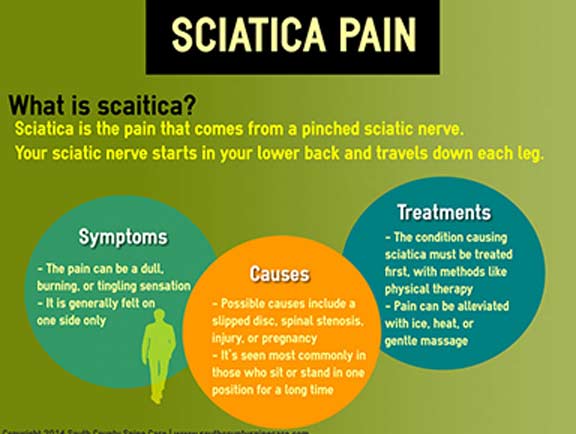Preserving appropriate posture isn't just about staying up right; it has to do with aligning your body in a way that sustains your back and minimizes the risk of back pain. The means you rest, stand, and relocate throughout the day can dramatically influence your back health and wellness. However exactly how specifically can you ensure excellent placement regularly, even throughout active days full of various activities? Allow's dive deeper into the subtle yet impactful changes you can make to your everyday regimen to keep your back happy and healthy and balanced.
Relevance of Appropriate Position
Appropriate pose is critical in keeping a healthy back and protecting against discomfort. When you rest or stand with good stance, your spine is in positioning, lowering pressure on your muscle mass, tendons, and joints. Recommended Studying permits the body to disperse weight uniformly, protecting against too much anxiety on particular locations that can cause discomfort and discomfort. By keeping your spinal column appropriately aligned, you can likewise enhance your breathing and digestion, as slouching can press body organs and limit their capability.
Furthermore, maintaining good stance can boost your total appearance and positive self-image. When you stand tall with your shoulders back and head held high, you show self-confidence and show up more approachable. Good stance can also make you feel much more invigorated and sharp, as it promotes correct blood flow and enables your muscles to work successfully.
Including appropriate stance into your daily regimen, whether resting at a desk, strolling, or working out, is vital for preventing neck and back pain and promoting total wellness. Keep in mind, a little change in exactly how you hold on your own can make a substantial difference in how you feel and operate throughout the day.
Common Postural Mistakes
When it concerns maintaining good position, many individuals unconsciously make usual errors that can contribute to neck and back pain and discomfort. Among the most prevalent errors is slouching or stooping over while sitting or standing. This setting places too much stress on the back and can bring about muscle inequalities and discomfort in the future.
One more common blunder is overarching the reduced back, which can squash the natural curve of the spinal column and create pain. Additionally, crossing legs while sitting may feel comfy, yet it can create an inequality in the hips and pelvis, bring about postural problems.
Making use of a cushion that's as well soft or too strong while sleeping can also affect your placement and add to pain in the back. Last but not least, constantly craning your neck to take a look at screens or readjusting your setting often can stress the neck and shoulders. Being mindful of these typical postural blunders can assist you keep better placement and decrease the threat of pain in the back.
Tips for Correcting Alignment
To boost your positioning and lower pain in the back, it's vital to focus on making small changes throughout your daily routine. Start by being mindful of your stance. When sitting, guarantee your feet are flat on the flooring, your back is straight, and your shoulders are unwinded. Avoid slouching or leaning to one side. Use ergonomic chairs or cushions to sustain your reduced back.
When standing, disperse your weight evenly on both feet, maintain your knees somewhat bent, and tuck in your hips. Engage location types of back pain to sustain your spinal column. Take breaks to stretch and walk around if you have an inactive work. Integrate workouts that enhance your core and back muscle mass, such as slabs or bridges.
While sleeping, use a pillow that supports the all-natural curve of your neck to maintain proper back alignment. Avoid sleeping on your tummy, as it can stress your neck and back. By bearing in mind these suggestions and making small modifications, you can gradually remedy your positioning and reduce pain in the back.
Verdict
Remember, keeping excellent stance is crucial to preventing back pain and advertising spine health and wellness. By being mindful of your alignment, distributing weight equally, and involving your core muscles, you can reduce strain on your back and reduce the danger of discomfort and injury. Integrate ergonomic support, take routine breaks to extend, and reinforce your core and back muscles to preserve correct alignment throughout the day. Your back will thanks for it!
